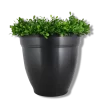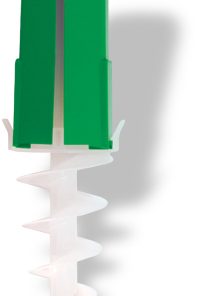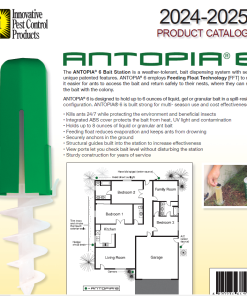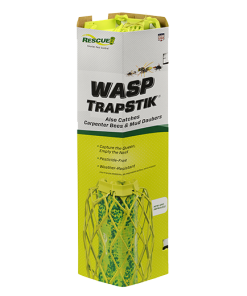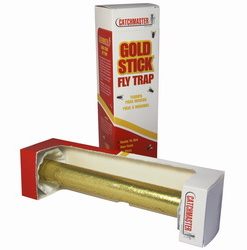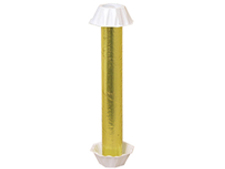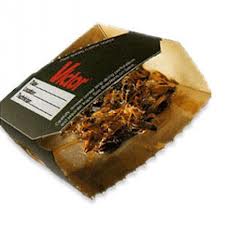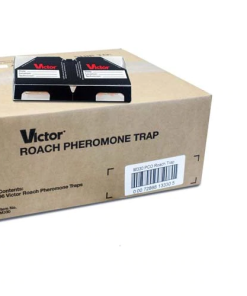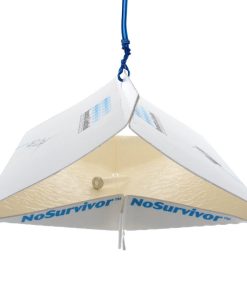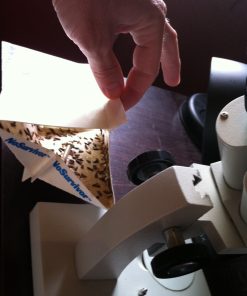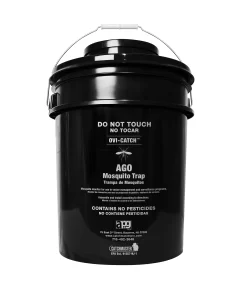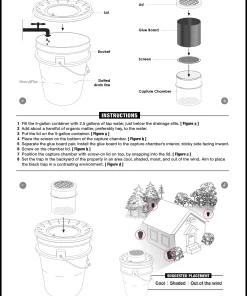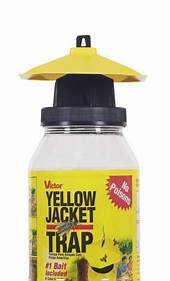No Survivor Hanging Clothes Moth Pheromone Trap
$114.95
Pheromone traps are meant to be used as part of an integrated er to ensure the approach to pest control. Sanitation, inspection, and removal of infested material are all very important parts of an integrated approach. One package of 10 hanging traps.
Out of stock
SDS Instruction Sheet Monitoring Guidelines Page 1 Monitoring Guidelines Page 2
Clothes Moth No Survivor Kit Product Description
10 NoSurvivor™ Hanging Traps and 10 pheromone Bullet Lures™ for Clothes Moth Species such as the Webbing Clothes Moths (Tineola bisselliella), Casemaking Clothes Moths (Tinea pellionella) and Brown-dotted Clothes Moth (Niditinea fuscella)
Note: To purchase a kit with Flat Traps, see item: No Survivor Flat Trap
Features and Benefits of the Clothes Moth NoSurvivor Kit
Insect Limited’s signature pheromone Bullet Lures™ that attract three separate species of clothes moth for a controlled release of pheromone over 3 months. The Bullet Lures are paired with the NoSurvivor Trap™. These traps can easily be hung in closets or throughout other living spaces or storage rooms. Moths that are attracted to the lure are readily stuck in the glue upon entering the trap.
How the Clothes Moth NoSurvivor Kit Can Help You
This Clothes Moth Kit pairs the science of insect biology with the technology of a trapping system to assist you with the task of monitoring for these pests in your environment. In an Integrated Pest Management program, monitoring can ultimately help you reduce pest numbers. When paired with a trapping system, the lures do this by:
Telling you if the moths are present,
Indicating where they are coming from and
Finally, telling you whether the control measures (E.g., removal of the infested product, increased sanitation, freezing, etc.) that you have taken are working or not.
What to Expect from your Clothes Moth NoSurvivor™ Kit
The Clothes Moth NoSurvivor™ Kit traps will need to be pulled apart and folded into place by hand, according to the enclosed instructions in the kit box. The pheromone lures are packaged in a resealable bag to keep them fresh until you are ready to place them into a trap.
When you are ready to use this product, the lures should be removed from their packaging and placed on their sides into the center of the bottom portion of the glue in each trap. Although the pheromone in the lures is non-toxic, avoid direct contact with your skin if possible, or simply wash your hands with warm water and soap if contact is made.
One end of the wire hanger should be run through the hole located in the center of the top edge of the trap, and then twisted to secure it to the trap.
The traps are then ready to be placed out and secured to a clothes rod or any solid fixture using the opposite end of the hanger. This should be done in areas where moths are being seen.
This will begin the process of monitoring for male clothes moths that are attracted to the female sex pheromone. These traps will give you the information that you need to reduce or remove your moth issue.
Pheromone Bullet Lures are non-pesticidal and only act as a moth attractant. If the glue from the trap accidentally gets onto your hands, it is not toxic and can be easily washed off using soap and warm water.
Pheromone traps are a good tool to be used as an integrated approach to pest control. Pheromones are chemicals an organism produces—in this case, a sex attractant—to affect the behavior of other members of the same species. The sex pheromone attracts male moths into the trap where they get stuck on the sticky sides. Because the pheromone specifically attracts clothes moths, it won’t attract other moth species. Pheromone traps are meant to be used as a monitoring tool as part of an integrated approach to pest management. By themselves, they do not eliminate an insect outbreak. With the information from the traps, inspection, increased sanitation and the ultimate removal of infested material, control of these insect pests can be achieved.
Place traps in closets and other textile-storage areas. Trapping not only enables you to detect the presence of clothes moths but also provides some control, because trapped males can’t mate. However, if you trap moths, you should also take other measures, such as dry cleaning or laundering, to protect clothes exposed to moths. Sanitation, inspection, and removal of infested material are all very important parts of an integrated approach. In order to ensure the highest efficiency, it is recommended that the lures be replaced every 60 days.
Webbing clothes moth (Tineola bisselliella) traps should be placed in areas that contain items the larvae feed on, such as wool, hair, feathers, furs, and upholstered furniture (containing natural wools and leathers). Basically any product containing natural fibers is susceptible.
Although there is no exact number of traps that you should use, InsectsLimited has conducted ‘closet tests’ for Tineola bisselliella and has concluded that several flat traps placed on shelves, floors, or other horizontal surfaces will lure and catch webbing clothes moths. Simply put, using more traps in one location will catch more moths faster. View the article here. Fumigants and Pheromones Issue 109
PLACING THE LURE
The lure should be placed in the bottom of the trap as indicated on the Trap Assembly Instruction Sheet you should have received with your Pheromone trap kit. When using the Bullet Lure, do not cut the cap off the lure.
REPLACEMENT
In order to ensure the highest efficacy, it is recommended that the lures be replaced every 60 days. The traps do not require changing unless they are either full of insects (and cannot catch any more) or are no longer sticky.
Fabrics injured by clothes moths have holes eaten through them by small, white larvae. Materials left undisturbed for some time or stored in dark places (such as a closet, attic, or drawer) are most severely injured by these insects. The adults are small and champagne-colored. They can often be seen running over the surface of the infested goods when exposed to light or flying somewhat aimlessly about the houses or closets. Clothing moth larvae (immatures) feed on wool, hair, feathers, furs, upholstered furniture, occasionally on dead insects, dry dead animals, animal and fish meals, milk powders such as casein, and nearly all animal products such as boar bristles, dried hair, and leather. Adults do not eat.
| Weight | 1 lbs |
|---|---|
| Dimensions | 11 × 2 × 13 in |
Related products
Bait Insecticides
Insect Traps
Insect Traps
Insect Traps
Insect Traps
Insect Traps
Insect Traps
Insect Traps

